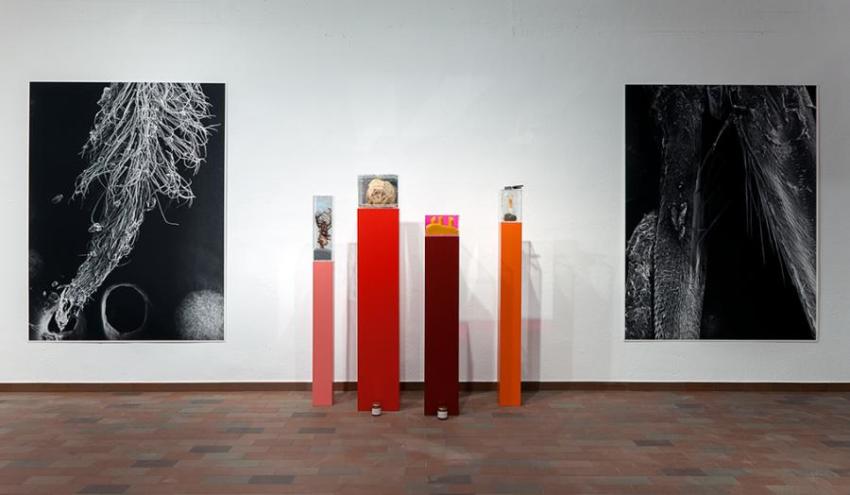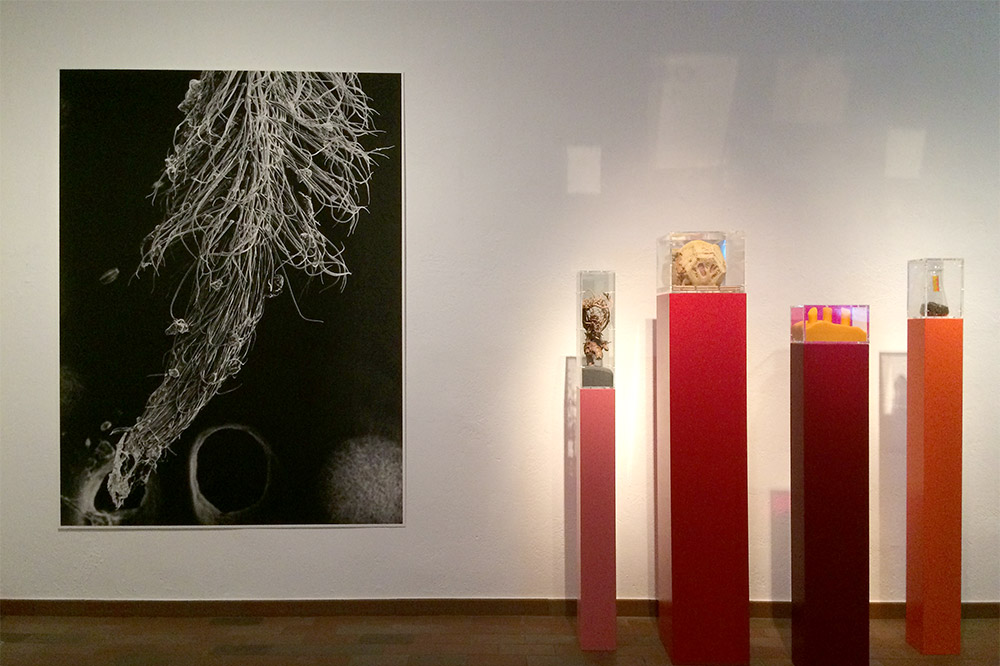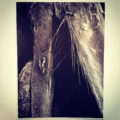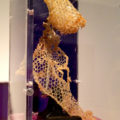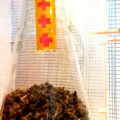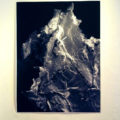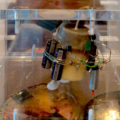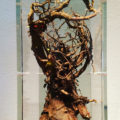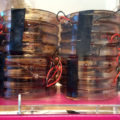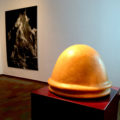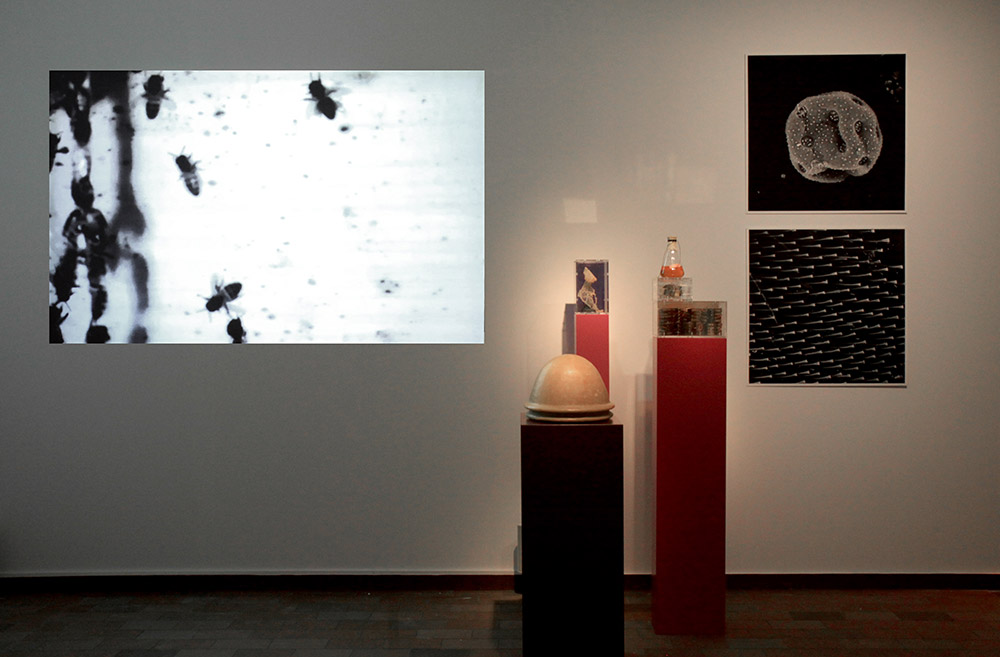Beehave (curated by Martina Millà) is an exhibition project that reflects contemporary artists’ growing interest in the survival crisis affecting honey bees and many other insect pollinators. Beehave also addresses the current debate about urban beekeeping, a practice that is not yet widespread in large cities in Spain. Accordingly, Beehave broadens the scope of the exhibition to span the entire city with ten urban interventions carried out by local and international artists.
The exhibition at the Fundació Joan Miró will include a series of newly-produced installations that will invite visitors to approach a variety of aspects of the cognitive world of bees while providing them with transformative immersive experiences.
From March to June, Beehave will also unfold throughout Barcelona with actions aimed at raising citizen awareness concerning the important role that honey bees play in preserving biodiversity, on which the endangered balance of our planet’s ecosystems depends. One of Beehave’s objectives is, as its title suggests, to educate and foster greater knowledge of these insects, thus broadening the boundaries of our anthropocentric perception.
At Miró, AnneMarie Maes will present the project BEE AGENCY, all installation in 3 parts. The core of Bee Agency is the new video Variation Games. Variation Games are games where the set of rules is constantly adapted by the players. The video is a condensed edit of a year-long audiovisual observation of the behaviour of a honeybee colony in the private environment of their refuge. The recordings are made with an infrared camera and contact microphones inside the beehive. The content of this video focuses on the first 6 weeks of the observation, when the bees start the building of their nest. The images show how they first scan the empty space and detect all foreign objects (in this case paper pasted on the back of the hive), which they propolize and eventually tear down, thus appropriating their territory. They start organizing their activities to design the locus as their home. The images demonstrate and reveal decision-making, networking, collaboration and collective intelligence.
With Beehave, the Fundació Miró invites its visitors to find out about the possibilities of urban bee keeping and delve into the current debate on the importance of these insect pollinators. The project will begin with an exhibition, which will include works of a group of both local and international artists in various formats, as well as specific installations within and outside of the the museum galleries. Beehave will conclude with two publications.
https://www.fmirobcn.org/en/exhibitions/5728/beehave
BEE AGENCY (installation)
The b/w Scanning Electron Micrographs (SEM) reveal the elaborate design of some dissected parts of flowers and honeybees. All samples are collected in the Urban Bee Lab, the artists’ apiary and rooftop garden laboratory in the centre of Brussels.
A group of brightly coloured totems display a range of plexiglass boxes with objects and materials relating to the endangered Apis melifera species and to their vanishing ecosystems.
1. Bee Wing (x 270) – b/w 80×80
2. Bee Eye (x 295, detail) – b/w 80×80
3. Curbicula (x 265, pollen basket detail, hairs) – b/w 80×80
4. Glossa (x 150, bee tongue) – b/w 215×160
5. Proboscis (x 150, mouthparts of the Apis mellifera) – b/w 215×160
6. Exoskeleton debris (x100, small piece of the skeleton of a honeybee) – b/w 215×160
7. Mentha spicata, Single Pollen Grain (x 3400) – b/w 80×80
8. Scopae (x 480, hairs on the hind leg of a honeybee) – b/w 80×80
- honeybee proboscis
- real comb and latex lace
- dead bees
- exoskeleton debris
- wax hexagon
- waxbot
- root
- honey batteries
- golden beehive
VARIATION GAMES (video, 21’59”)
The video is a condensed edit of a year-long audiovisual observation of the behaviour of a honeybee colony in their private environment. The recordings are made with an infrared camera and contact microphones inside the beehive. We follow how the bees start to build their nest. They scan the new space and clean it from foreign objects. Then the worker bees organize to design the locus as their home: they reveal decision-making, networking, collaboration and collective intelligence.

